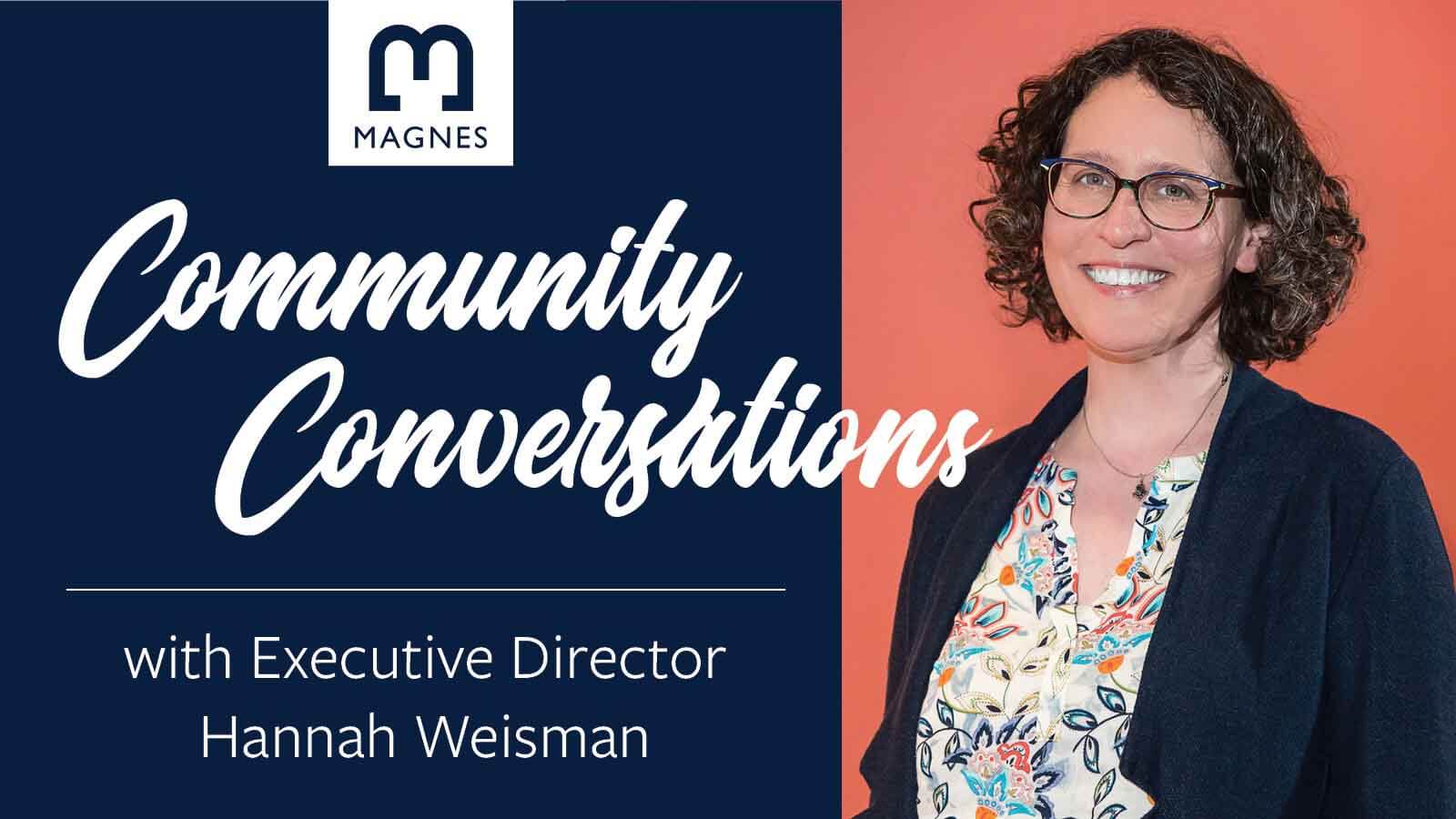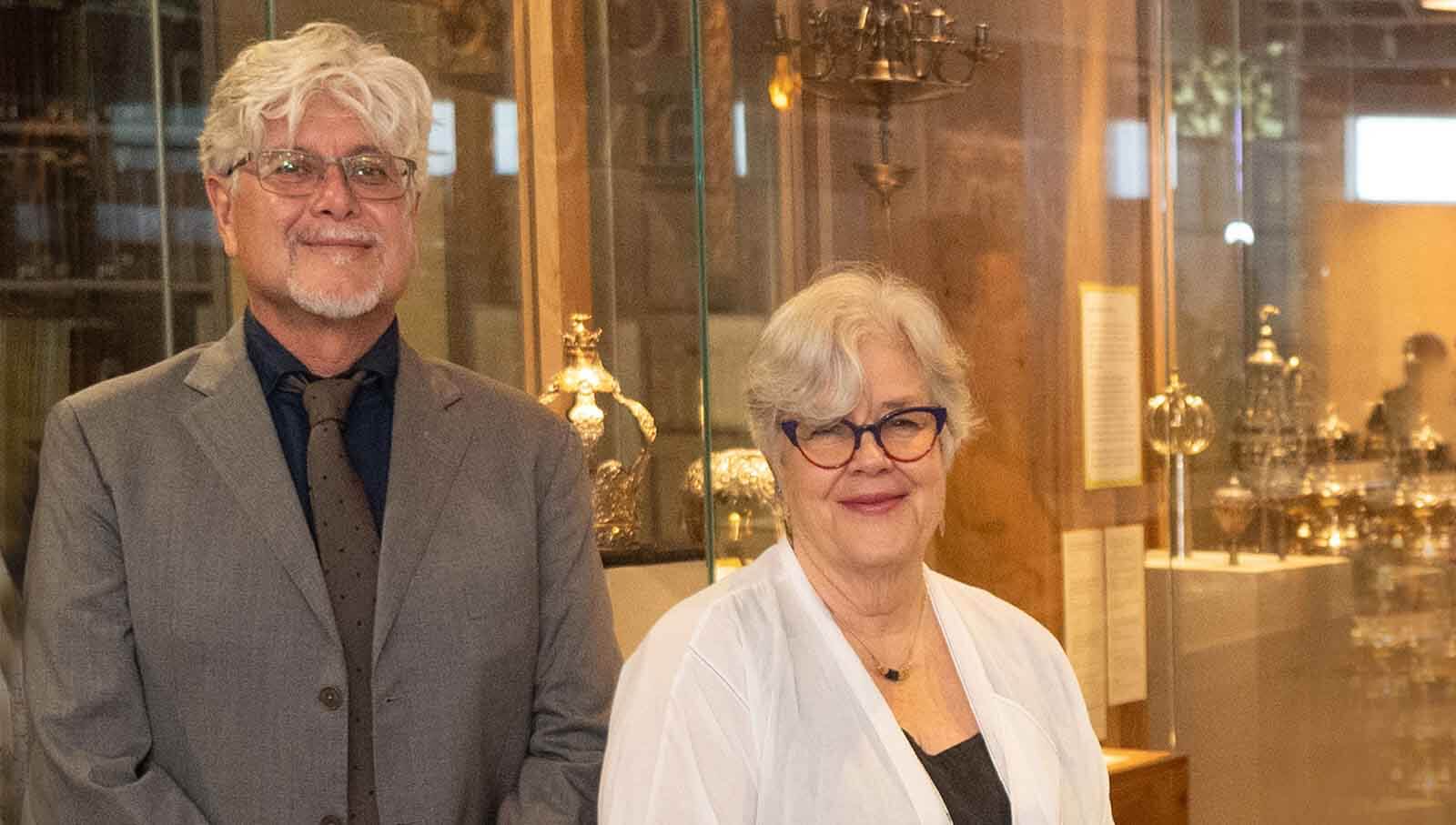News
CASE STUDY: Emanu-El Sisterhood for Personal Service – 07.25.2005
July 25, 2005
Berkeley, CA – CASE STUDY: Emanu-El Sisterhood for Personal Service, an exhibition from the Western Jewish History Center collections, opens on August 29, 2005.
The history of the Emanu-El Sisterhood for Personal Service reflects the broader history of changing social roles for California women in the twentieth century.
This exhibition is part of an ongoing series entitled CASE STUDY presented by the Magnes to highlight the holdings of the Western Jewish History Center. The Magnes acknowledges the Jewish Women’s Archive for their support of research for this exhibition.
Rabbi Jacob Voorsanger and Bella Seligman (Mrs. Philip N.) Lilienthal founded the Emanu-El Sisterhood for Personal Service in 1894 with the broad goal of helping Eastern European Jewish immigrants adjust to American life. Upper class German-Jewish women, long accustomed to occupying themselves by visiting one another, attending parties and spending lavishly to decorate their houses, were soon helping poor, working class women and men and their children adapt to new lives in America. The Sisterhood created a Kindergarten, set up classes to teach cooking, sewing, and housekeeping, and also organized group activities.
The 1906 earthquake destroyed the Emanu-El Sisterhood settlement house on Folsom Street, and the members shifted their focus to relief work for the stricken city. The Sisterhood pushed for the construction of an Assembly Hall in Columbia Square, where 1,100 refugees lived in temporary shelters, and the building quickly became an important distribution point for clothing, food, and other kinds of relief, as well as a social center.
In 1909, Sisterhood House in the Fillmore District added caring for graduates of the Pacific Hebrew Orphan Asylum to its settlement work, becoming the only home in San Francisco expressly for the Jewish working girl. Over time, classes in stenography, typewriting, and millinery were added to traditional settlement courses such as English and citizenship.
The early 1920s saw increased competition with San Francisco’s Young Man’s Hebrew Association (YMHA), later known as the Jewish Community Center, as well as difficulty in balancing the private and public functions of Sisterhood House. Thus, the Emanu-El Sisterhood decided to transfer its clubs and courses to the YMHA and to focus solely on providing a home for young Jewish women. Thanks to this compromise, the Federation of Jewish Charities agreed to support Sisterhood’s plans for a new facility. In 1922 the $120,000 Julia Morgan-designed building located at 300 Page Street in San Francisco was dedicated.
During World War II, the Emanu-El Residence Club (as it was now known) became a sanctuary for a small number of Jewish women who escaped Nazi Germany. Also, to help alleviate the city’s severe housing shortage, the Residence Club opened its doors to non-Jews.
The 1960s saw many transformations to institutions once thought to be unchangeable. The Emanu-El Residence Club was no exception. Through the 1950s, the Club continued to promote traditional ideas of marriage, motherhood, and domesticity, but growing numbers of young women questioned these values in the 1960s. With admissions falling and maintenance costs rising, Residence Club directors decided to dissolve the organization. The building was sold to the San Francisco Zen Center in 1969.
The Magnes is proud to offer a collection of pieces from throughout the history of the Emanu-El Sisterhood. Photographs, correspondences, bylaws, reports, financial information, clippings, and a building plan for the Page Street building by Julia Morgan are included in the exhibition. These pieces offer a rare look into the history of a Jewish women’s organization with a deep commitment to San Francisco.
On August 28, 2005, guest curator Mary Ann Irwin will discuss the Western Jewish History Center’s Emanu-El Sisterhood collection and the exhibition following a special preview reception.
Latest News
Keep Up-To-Date




